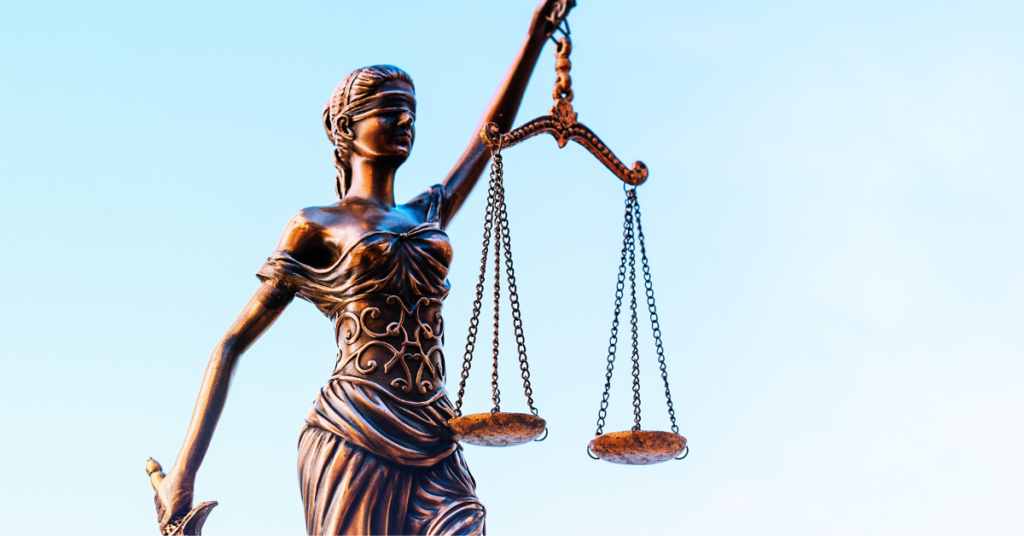Far too often, lawmakers use tax cuts to score political points and throw around phrases such as “more effective government” to gloss over the lasting, negative effects of starving public investments.
In the case of Kansas, public schools are paying the price. The state Supreme Court ruled last Friday that the state Legislature hasn’t allocated enough money to poorer school districts but must do so by July 1. Although the Court didn’t designate a specific dollar amount, state Department of Education officials have estimated that complying with the Court ruling will cost at least $129 million.
Unfortunately, state political leaders have already signaled their intention to skirt the Court’s decision. Quoted in the New York Times, state Rep. Kasha Kelly, the Republican chair of the House Education Committee, said the legislative branch has the “power of the purse.” And Gov. Sam Brownback lauded the Court for not declaring a dollar amount, stating that equity is more about equality of opportunity rather than dollars spent.
Such rhetoric has no basis in reality. Indeed, state lawmakers have a responsibility to be stewards in the public interest. This means deciding how to raise revenue as well as spend revenue. Too often, lawmakers interested in backing the narrow interests of an elite few discuss taxes in a vacuum as though they are unrelated to how states fund critical priorities. This makes it easier to push through tax cuts under the guise of stimulating the economy without talking at the same time about long-term implications of less revenue for basic public services—or, in the case of Kansas, equitable funding for public schools.
Gov. Brownback has led the way in a recent wave of governors advocating for large tax cuts for the affluent under the misguided premise that tax cuts pay for themselves.
In Kansas, recent state budget cuts have meant increased classroom sizes and fewer resources for extra-curricular activities, not to mention cuts in other public services. State funding per student has dropped since the economic recession from $4,400 five years ago to a reported $3,838 today. Kansas lawmakers initially claimed they had to cut funding for K-12 education due to the lingering effects of the recession. But even as state revenue rebounded, legislative leaders astonishingly moved to cut income taxes rather than restore funding for public education and other services. In fact, the Legislature enacted two rounds of major tax cuts that disproportionately benefit the wealthiest Kansans. The first round, in 2012, dropped the top tax rate from 6.45 to 4.9 percent and exempted all “pass-through” business income from the personal income tax.
The next round, enacted in 2013, doubled down by dropping the top tax rate even further, to 3.9 percent, and setting the income tax on track for complete elimination if, as Gov. Brownback has said, the state meets revenue targets. The long-term fiscal impact of these tax cuts in Kansas will be a whopping $1.1 billion.
If, as Gov. Brownback says, he is for equality of opportunity, he should concede that overcrowded classrooms and reduced services are not the way to achieve this. Lawmakers would be wise to consider rolling back some of Gov. Brownback’s tax cuts by not allowing the top income tax rate to fall further and by eliminating the costly deduction for pass through business income.





